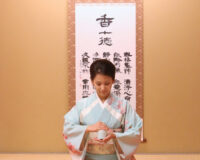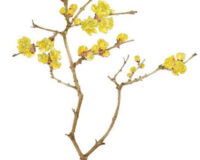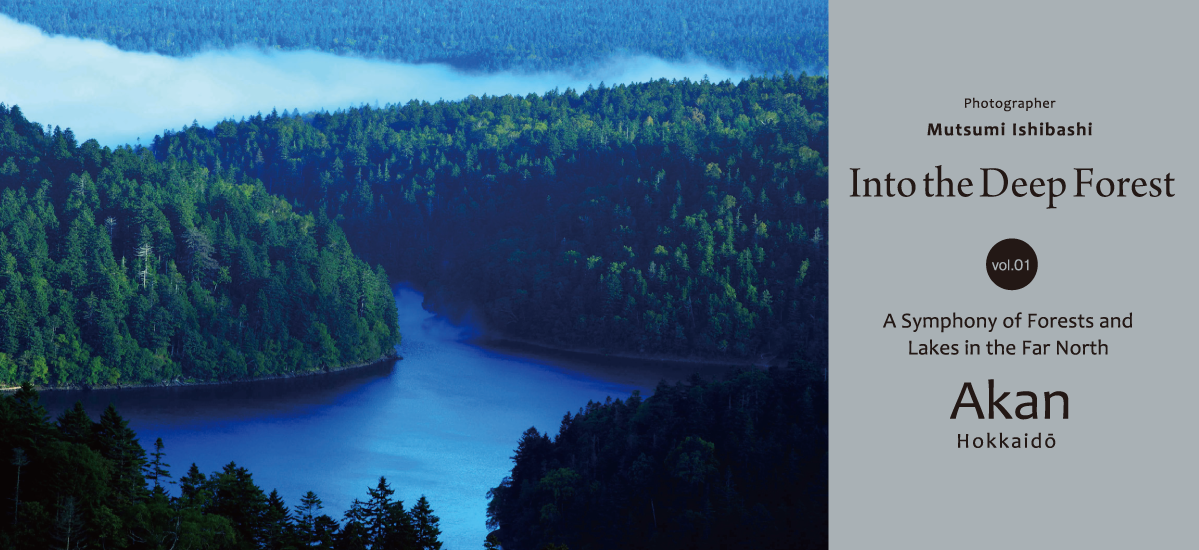

The islands of Japan offer a remarkably varied landscape, from low-lying plains and a long and intricate coastline, to heavily forested mountain areas. In this series we explore some of Japan’s extraordinary forests and discover the types of trees that grow in these diverse natural habitats.
Photo & Text : 石橋睦美 Mutsumi Ishibashi / English Version : Judy Evans
Keyword : Hokkaido / Akan / Forests / Into the Deep Forest Series
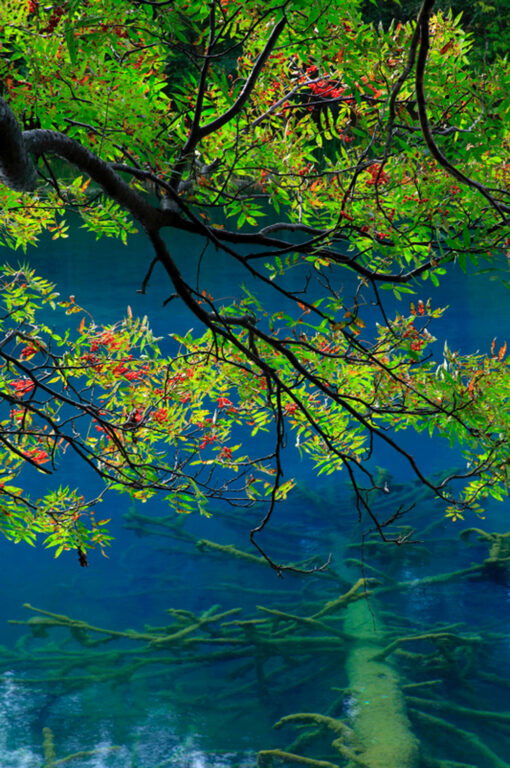
The Hills of Hokkaidō Cloaked in Conifers
The woodlands of the eastern part of Hokkaidō around Mt Daisetsuzan, Akan and the Hidaka Ranges, are known as ‘boreal (northern) coniferous-broadleaf forests’. Evergreen conifers found here include iconic local tree species such as Ezo spruce, Sakhalin fir, Japanese Spruce and yew. Deciduous broadleaf trees in the canopy layer include Mongolian oaks, Kalopanax, Manchurian elms and yellow-paint maples, while the understorey contains a luxuriant layer of deciduous broadleaf trees including Japanese rowan, Erman’s birch and Japanese maples. (See below for botanical and Japanese names.)
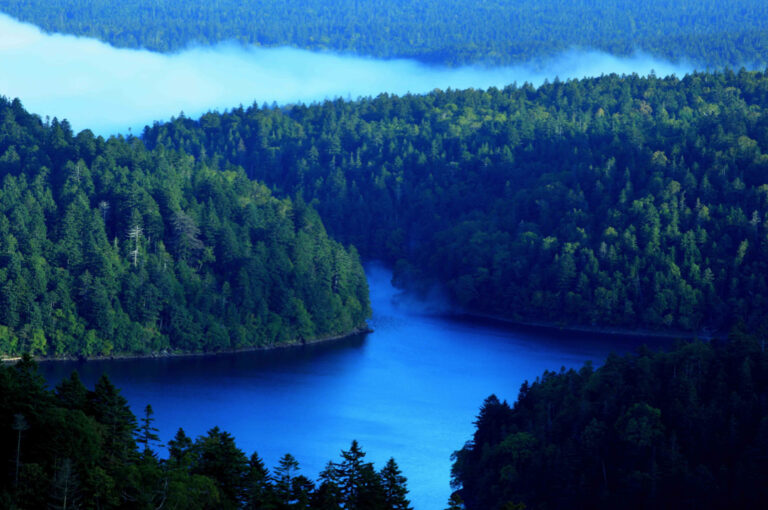
Commanding views of Hokkaidō’s vast woodlands can be seen from the Mikuni-tōge Pass on Route 273. The forest that stretches out below, crowding the valleys and cloaking the headwaters of the Otofukegawa River, is a mixture of Hokkaidō’s northern conifers and deciduous broadleaf trees such as Erman’s birch and Japanese maples.
The Akan region is the best place to really get into the forest. The nature trail around the edge of Lake Akan offers the opportunity for a stroll, while a detour to the Sōkodai lookout on Route 241 is well worth the drive. This viewing point offers vistas of Lakes Penketō and Panketō, nestled within a landscape of rolling hills covered with the type of forest that can only be seen in Hokkaidō.
Superb hiking trails are found around Nonaka Onsen and Lake Onnetō in the western foothills of Mt. Meakan-dake. Volcanic gases cause high levels of acidity in this area, so even the waters of Lake Onnetō are acidic. Pure stands of spruce grow thickly around the edges of the lake, seeming to thrive in the harsh conditions.

Finding a niche in a tough natural environment
These pure stands of spruce grow here because of, rather than in spite of, the high acidity of the soil, which suits very few other plants. Japanese spruce as a species does not fare well in the constant competition between plants in the forest and it loses out when it tries to grow alongside other trees. However, being an acid tolerant species, the spruce has found its own niche in the highly acid soils here.
The more you understand about the way forests work, the more you see when you visit one. For instance, conifer forests have their own distinctive system of regeneration, employing the trunks of fallen trees as ‘nurse logs’. Seedlings that germinate on these nurse logs are able to grow there without being damaged by fungi. As cute as these tiny seedlings may appear, they are actually just biding their time until the tall trees around them fall and create a gap. This is when the seedlings will engage in their own cut-throat competition for light and space!
Even just a little knowledge of the forest can turn an ordinary woodland hike into a fascinating journey of discovery.

Tree and plant species:

Location:Kushiro City and surrounding area, Hokkaidō.
Access:Lake Akan is about 1 hour by car from Kushiro Airport




